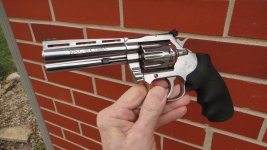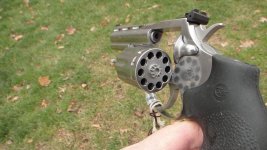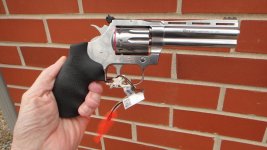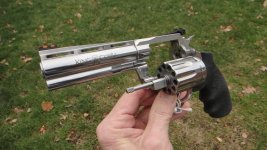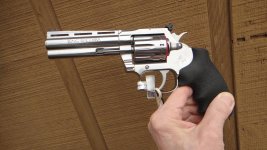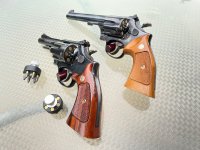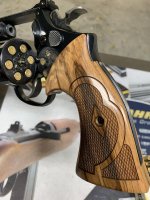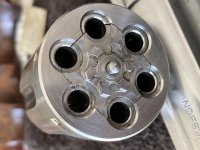Nah, they just can't think outside the rim!
Joking aside: I'm no Colt expert, but could it be possible that it's just an oversight? When did Colt last make a rimfire revolver? Was it the Diamondback 35 years ago?
I doubt it's an oversight. It's just business.
If I recall, Remington saved $0.10 per rifle by not replacing a trigger with a known potential for accidental discharges in certain situations. They weighed the costs of making the change against projected lawsuits and insurance costs. It didn't go well for them in the long run.
Colt is no doubt doing the same, figuring an eye here and there won't cost as much as machining a recess in the cylinder and providing a longer firing pin.
They are also probably betting that most shooters won't recognize the omission for what it really is - a compromise in not just quality but also safety.

